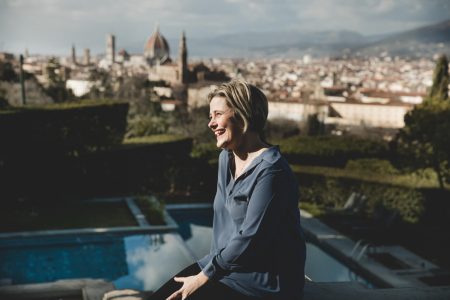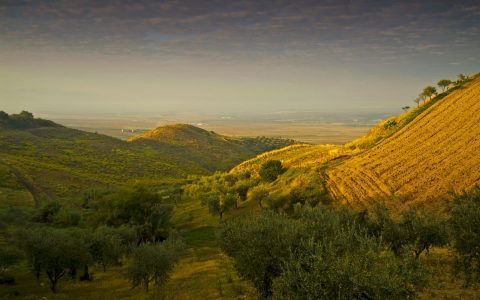Venetian Masks:
Veiled in History
Greed, envy, jealousy, happiness, beauty and love. Though they conceal a wearer’s face, the masks of the Venetian Carnival can reveal an entire spectrum of emotion.
 Usually made of leather or porcelain, many Venetian masks provide wearers with exaggerated features—a long, pointy nose or a rounded brow, for instance—meant to portray particular character traits or emotions while protecting the wearer’s identity. Popular masks include those from Italy’s Commedia dell’arte theatre tradition, which provided prototypes for many character types still found in modern theatre, film and television.
Usually made of leather or porcelain, many Venetian masks provide wearers with exaggerated features—a long, pointy nose or a rounded brow, for instance—meant to portray particular character traits or emotions while protecting the wearer’s identity. Popular masks include those from Italy’s Commedia dell’arte theatre tradition, which provided prototypes for many character types still found in modern theatre, film and television.
While the original motive for mask-wearing in Venice remains unclear, the earliest mention of Venetian masks dates to May 2, 1268, when a decree made it illegal to throw scented eggs or gamble (which is to say, cause mischief or try to escape one’s debts) while wearing a mask. Later laws would prohibit the wearing of masks while entering nuns’ parlours, giving us some idea of just how—ahem—libertine the Venetians of the day were.
The Venetian Carnival itself began as the celebration of a military victory by the Republic of Venice over the Patriarch of Aquileia in 1162, and continued for centuries until it was outlawed by the Austrian government (which then ruled Venice) in 1797, at which point mask-wearing became a rare and restricted practice.
The Carnival was revived by the Italian government in 1979, and each year the streets and canals swell with medieval masks and the elaborate costumes that accompany them, restoring the city’s rich culture of Venetian masks and pageantry.
Popular Venetian Masks

Arlecchino
A zany trickster (the name literally means “harlequin”) and staple of Commedia dell’arte, the Arlecchino mask sports ape-like features like a large, round brow and a stout nose, conveying the character’s simple nature. But the mask’s real trademark is the bump that sticks out from its forehead, meant to represent a devil’s horn and portend the character’s mischievous nature.

Medico della peste
Literally meaning “plague doctor” this mask evolved not from theatre but from medicine. Originally worn by a17th-century French doctor, Venetian doctors took to sporting the long-nosed mask with a black cloak and other precautions like white gloves, which they hoped would spare them from disease.
Bauta
Historically the Bauta was one of the most popular Venetian masks. The white mask was often paired with a black cloak and regulated by the government, as citizens were required to wear the outfit and conceal their identity when voting on political issues and participating in events that required anonymity, and thus equality.
MORE FROM Italy + Veneto

Reading for the Road: Books About Florence
Tuscany
New Trip Spotlight: Venice to Verona Biking
Veneto
Cuisine 102: Tuscan Delicacies
Tuscany
How to Best Experience the Natural Wonders of Umbria
Umbria
Notes from the Road: A Research Trip in Sicily
Sicily
Umbria’s 3 Essential Cities
Umbria
Sustainable Cuisine in Northern Italy: In Conversation with Michelin-starred Chef Norbert Niederkofler
Dolomites
The Origin of the Negroni: Florence’s Favourite Cocktail
Tuscany
The 10 Best Restaurants in Florence
Tuscany
Giro-E: Racing the Giro d’Italia Route on E-bikes
Italy
The Best Villas in Italy: Amalfi, Tuscany and Umbria
Amalfi Coast
A Taste of Piemonte with Silvia Altare
Piemonte
Finding Prosperity in Food & Community in Rural Italy
Puglia
5 Unmissable Tuscan Hilltop Towns
Tuscany
The Most Incredible Hikes in Italy’s Dolomite Mountains
Dolomites
The Best Hotels in Rome for Every Taste
Rome
A Day in Florence: Rediscovering the City with Family Post-Lockdown
Tuscany
The Slow Fund: Replanting Trees in the Dolomites with Wow Nature
Dolomites
Why Your Next Private Family Vacation Should Be to the Dolomites
Dolomites


